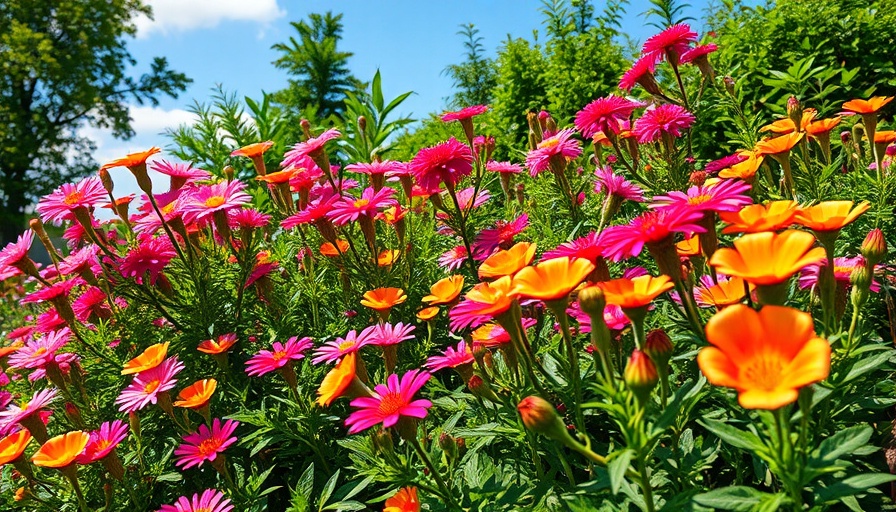
Understanding Stink Bugs: The Unwelcome Garden Visitors
For gardeners, encountering stink bugs can feel like an invasion of space. While they may not bite or spread diseases, their presence can quickly lead to significant damage to beloved plants. Known scientifically as Halyomorpha halys, the brown marmorated stink bug is a primary culprit, and it arrived in the United States from Asia in the 1990s, settling as an unexpected guest disturbing gardens nationwide.
Why Stink Bugs Matter to Your Garden
These shield-shaped insects have a nasty habit of feeding on various plants, including fruits and vegetables essential to home gardening. Their feeding behavior leads to unsightly blemishes on the surface of produce and serves as an open invitation for diseases to further damage plants. They not only threaten your garden’s health but also disrupt local ecosystems by outcompeting native species for resources. Understanding their feeding patterns and ecosystem role is crucial to maintaining a thriving garden.
Effective Strategies to Combat Stink Bugs
Heading off stink bugs before they settle in can save gardeners a lot of trouble. Here are a few practical techniques:
- Seal Entry Points: Regularly inspect the exterior of your home and garden structures for potential entry points. Seal gaps using high-quality silicone or latex caulk.
- Maintain Your Garden: Keep your garden clean and tidy. Remove debris, weeds, and other potential hiding spots for stink bugs. Proper landscaping and outdoor lighting can also deter these pests, as they are attracted to bright lights.
- Utilize Natural Predators: Encourage beneficial insects such as parasitic wasps which can help control stink bug populations.
Practical Insights: Long-Term Solutions
Beyond immediate measures, re-evaluating your gardening techniques can provide long-term solutions. Diversifying your garden by planting a wide variety of crops can help mitigate the impact of stink bugs. Implementing companion planting strategies—such as planting herbs alongside vegetables—can encourage beneficial insects while repelling stink bugs.
Common Misconceptions About Stink Bugs
Despite their reputation, stink bugs aren’t harmful to humans and do not damage structures. Many people are quick to squash them, unaware that doing so only releases their foul odor and makes the problem worse. Instead, gently capturing and releasing them back to the garden is a more effective approach.
The Future of Stink Bug Control
As our climate continues to change, stink bugs may find more favorable conditions to thrive. By staying informed about their habits and using integrated pest management strategies, gardeners can prepare for future infestations. Consulting with local agricultural extension services or pest management professionals can provide further tailored advice.
Being proactive in your approach to stink bug management will not only protect your garden but also contribute to a more sustainable and balanced ecosystem. By doing so, you ensure your garden remains a fruitful paradise rather than a battlefield against an invasive species.
 Add Row
Add Row  Add
Add 




Write A Comment